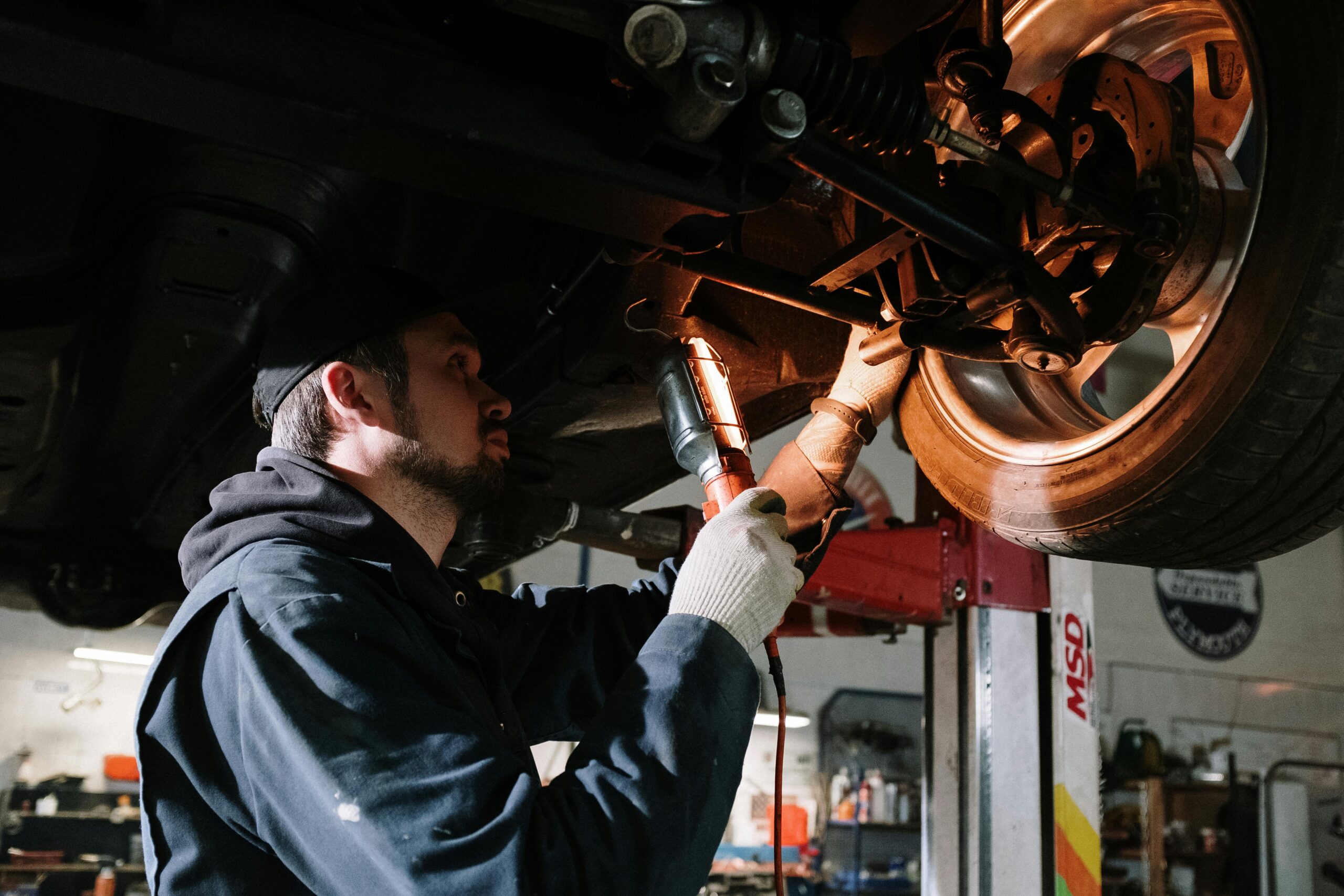When a vehicle manufacturer discovers that one of their models has a defect that could affect safety or fails to meet federal safety standards, they issue a recall. For many consumers, receiving a recall notice can be unsettling, raising concerns about safety, the value of their vehicle, and the inconvenience of having repairs done. However, armed with the right information and understanding your rights can make the recall process much smoother and less stressful. This comprehensive guide aims to empower vehicle owners by clarifying what a recall means, outlining your rights, and providing practical advice on navigating the recall process.
What is a Vehicle Recall?
A vehicle recall is initiated by either the manufacturer or the National Highway Traffic Safety Administration (NHTSA) when a vehicle model (or a component of it) is found to be defective or non-compliant with federal safety standards. Recalls can range from minor issues that can be quickly fixed to more significant defects that require substantial repairs.
Your Rights During a Recall
1. Right to Be Informed
Manufacturers are legally required to notify all registered owners and purchasers of the recalled vehicles by mail. This recall notice should provide details about the nature of the defect, the risks involved, warning signs to look out for, how the manufacturer plans to fix the issue, and instructions on what you should do next.
2. Right to a Free Repair
One of the most fundamental rights in a recall is that the vehicle’s manufacturer must fix the defect at no cost to you. This repair should be available through authorized dealerships, and in most cases, you can have the repair done at a dealership of your choosing that sells and services the manufacturer’s vehicles.
3. Right to a Replacement or Refund (In Some Cases)
While less common, there are situations where the manufacturer might offer to replace or refund the vehicle instead of repairing it. This is more likely if the defect is severe and cannot be repaired safely or if the vehicle has been subject to multiple recalls for the same issue.
4. Right to a Rental Car or Transportation Reimbursement
If the repair is expected to take an extended period, some manufacturers will offer a rental car or reimburse your transportation costs. While this isn’t a legal requirement, many manufacturers provide this as a courtesy to maintain customer satisfaction.
Navigating the Recall Process
1. Verify the Recall
If you hear about a recall through the news or third-party sources, verify that your vehicle is affected by checking the NHTSA’s website or contacting a local dealership.
2. Understand the Details
Read the recall notice carefully. Understand the nature of the defect, the risks involved, and the manufacturer’s proposed solution. If the notice doesn’t answer all your questions, contact the dealership or manufacturer’s customer service for more information.
3. Schedule the Repair Promptly
Once you’ve confirmed that your vehicle is affected, contact a local authorized dealership to schedule the repair. Waiting too long can put your safety at risk.
4. Keep Records
Maintain records of all communications and documents related to the recall and repair. This includes the recall notice, emails or letters from the manufacturer or dealership, and repair receipts. These records can be crucial if there are any disputes or if the repair doesn’t resolve the issue.
Vehicle recalls can be a significant concern, but understanding your rights and knowing how to navigate the recall process can alleviate much of the stress involved. Remember, the goal of a recall is to ensure your safety and the safety of others on the road. By taking prompt action and staying informed, you can protect yourself, your loved ones, and your investment.
For any concerns or complications that arise during the recall process, consider seeking legal advice to ensure your rights are fully protected. Firms that specialize in consumer protection or automotive law can provide valuable guidance and support through these situations.






Leave A Comment